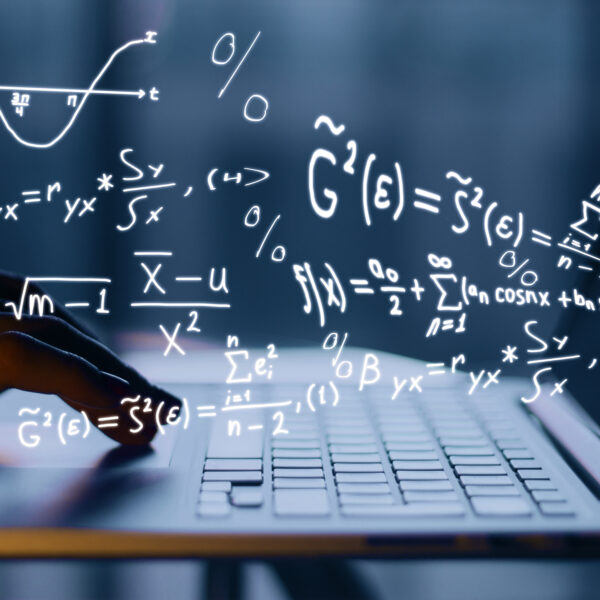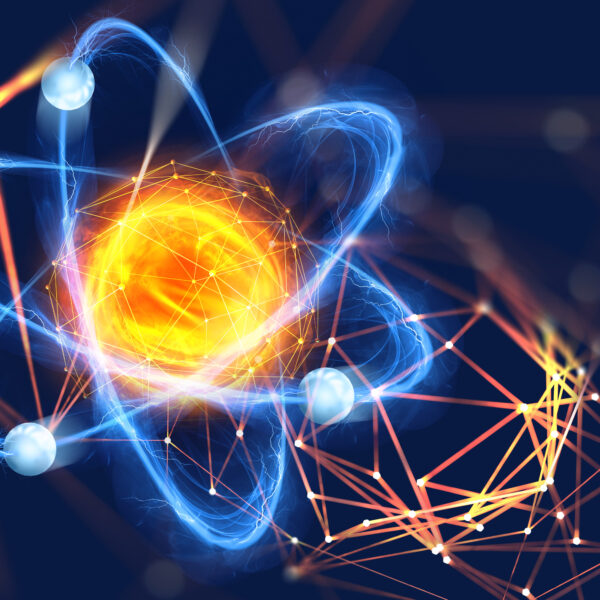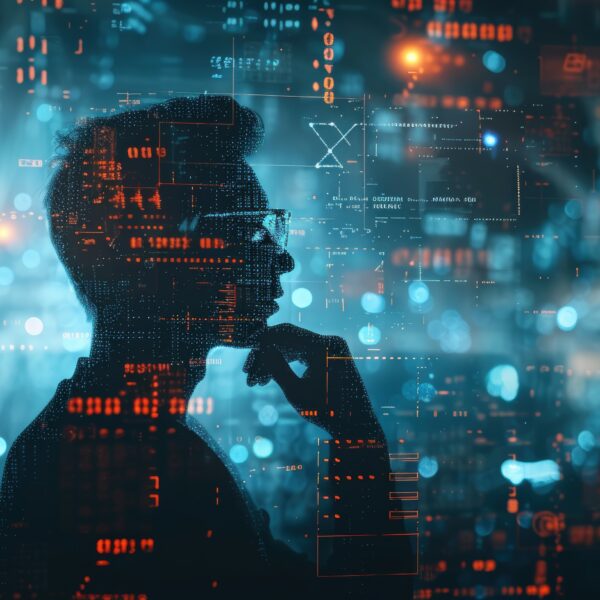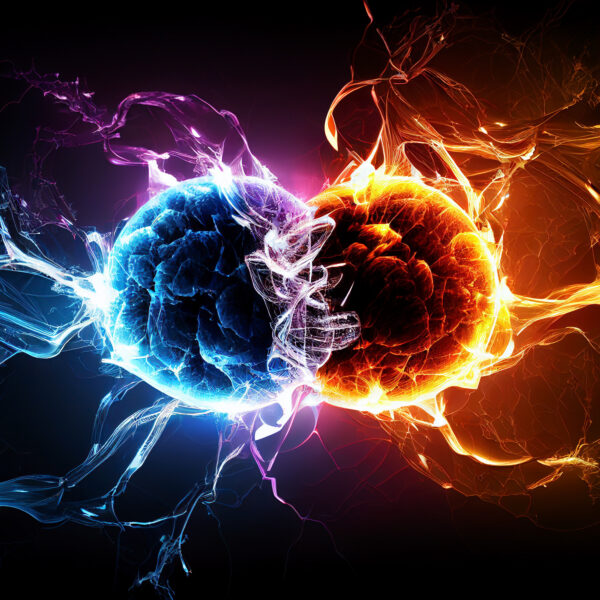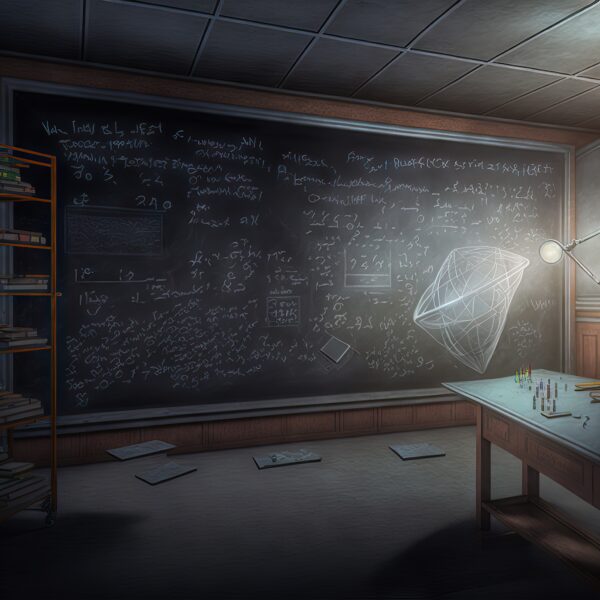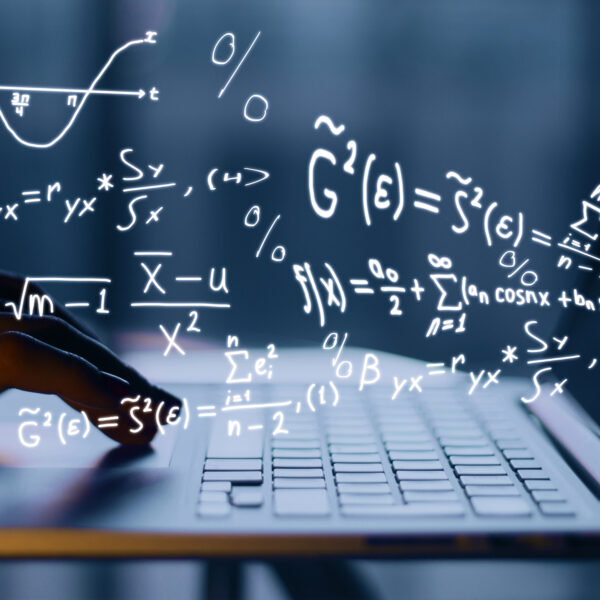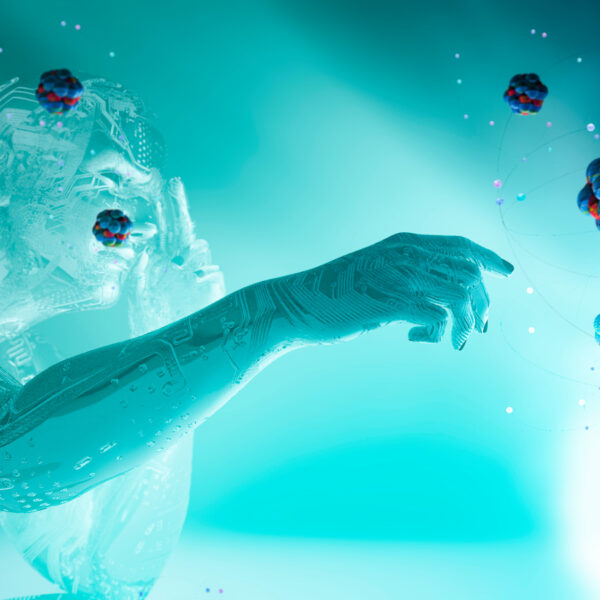Workshops
-
This workshop will gather leading international researchers in nuclear physics, statistics, and applied mathematics to explore and discuss how new and existing statistical methods can enable progress on the frontiers of nuclear physics, spawn new directions for the field, and catalyze techniques that ensure maximum & reliable use of data taken in nuclear-physics experiments.More info
-
Methods to simulate physics systems simultaneously across a range of temperatures provide a natural way to study thermodynamic phases, phase transitions, and criticality in many systems. These multi-canonical methods already represent a very promising approach for upcoming lattice field theory (LFT) calculations, and ongoing research is working towards achieving state-of-the-art applications. Recently, additional momentum has been generated by new connections to machine learning (ML) methods. This workshop aims to bring together the community of researchers working on developments in multi-canonical methods, both within LFT and in other domains, with the objective of cross-pollinating ideas and identifying future directions for this field. Key topics to be discussed include density-of-states methods, nested sampling, parallel tempering, out-of-equilibrium simulation, and connections to flow and diffusion ML models.More info
-
The search of neutrinoless double-β decay involves substantial effort from both experimental and theoretical researchers. This yet-unobserved process requires highly sensitive detectors on the experimental side, and computationally intensive, high-precision calculations of the nuclear matrix element on the theoretical side.More info
-
The study of charmonium, a system containing a charm quark-anti-quark pair underwent a revolution after a number of entirely unexpected narrow resonances called the Xs, Ys and Zs were discovered by experiments at the start of the new millennium. The nature of these resonances is still unclear. Similarly, interest in glueballs, hadrons made predominantly of confined gluons, has recently been rekindled.More info
-
The Electron-Ion Collider (EIC) will open a new frontier in exploring the internal dynamics of hadrons and nuclei, offering precision access to the three-dimensional structure of matter. Transverse Momentum Dependent (TMD) distributions are essential tools for interpreting EIC observables, but the theoretical landscape behind them remains fragmented.More info
-
The topic of this workshop is the “X17” particle, whose existence has been claimed in a series of recent experiments. In the workshop, the current status of the new experimental research and the new advances of the theoretical studies about this hypothetical particle will be presented and discussed.More info
-
The renormalization group plays a fundamental role in many areas of physics. Various aspects of perturbative and non-perturbative renormalization have been extensively investigated for decades in different physics contexts. Yet, knowledge gained in one area is often not completely appreciated by experts working on other topics.More info
-
The Fermion Sign Problem poses a significant challenge in computational quantum many-body physics, hindering the application of Quantum Monte Carlo methods to Fermionic systems. This issue is due to the antisymmetric nature of Fermionic wavefunctions, which results in an exponential decay of the signal-to-noise ratio as system size and inverse temperature increase, leading to numerical instabilities in large-scale simulations.More info
-
Quantum computing is a constantly evolving research field, and the rapid progress in hardware development is opening new possibilities and offering new challenges.More info
-
Nuclear and high energy physics facilities, such as CERN, Jefferson Lab, RHIC, and the forthcoming EIC, have been built around the world to study the visible universe at the fermi scale. They are already producing exabytes of data. This unprecedented amount of data holds the promise of solving many of the mysteries in QCD in the nonperturbative regime. However, extracting the required information is an extremely challenging task, as there is no available analytic solution for QCD to interpret data.More info
